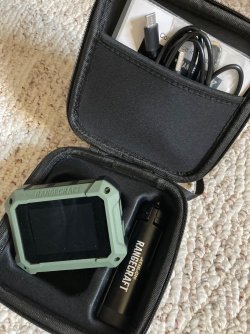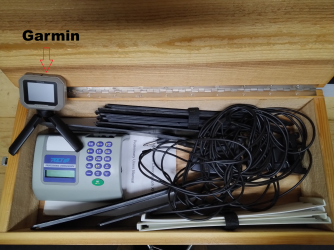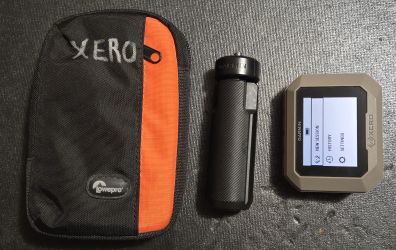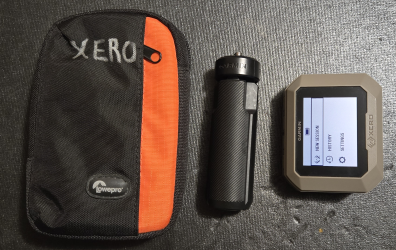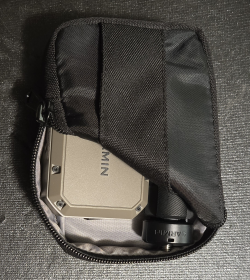I'll take the challenge WR Moore, but only for reloaders. While the manuals, books and websites may be good for rough edge reloading data, I have found there are just too many variables when one is trying to develop a desired handload. The only way for most "normal" people to check their loads is with the use of a chronograph. I was pretty surprised after I bought my first Chrony, at the differences I was seeing between "book" loads and what I had worked up using information from a book.
Early on I was laughed at by several handloaders who claimed they never needed a chronograph, nor did they desire one. Then on a few occasions some of these individuals asked if they could pass a few of their loads thru my chronograph just to see what they had. The results were rather eye opening for them. Books and manuals are a "guide" not an absolute. Some of these loads made me step away from the immediate area and get behind an overhead support post when they were fired.
Am I a believer in chronographs? Yes. Does the average shooter need a chronograph? No, not really as long as they shoot store bought ammo. But a reloader should, by all means, have some sort of decent chronograph to keep himself in a safe zone. Life is short enough and chronographs are cheap enough that all reloaders should have one. I know that expenses are something we all like to avoid if possible, but this is one item that I think is absolutely necessary, not only for yourself, but for shooters next to you. However, I tend to be more safety conscious the older I get.
Rick H.

